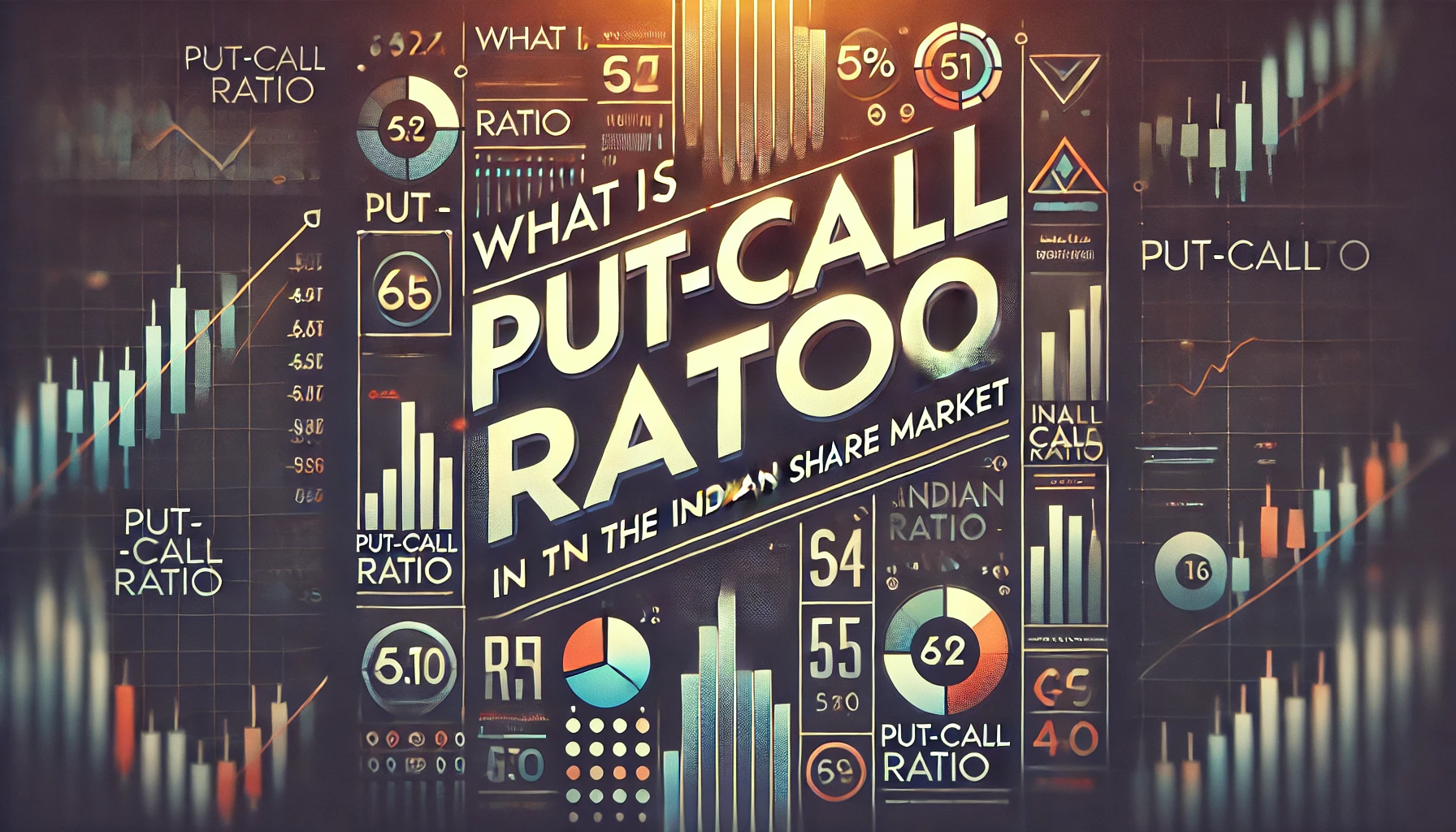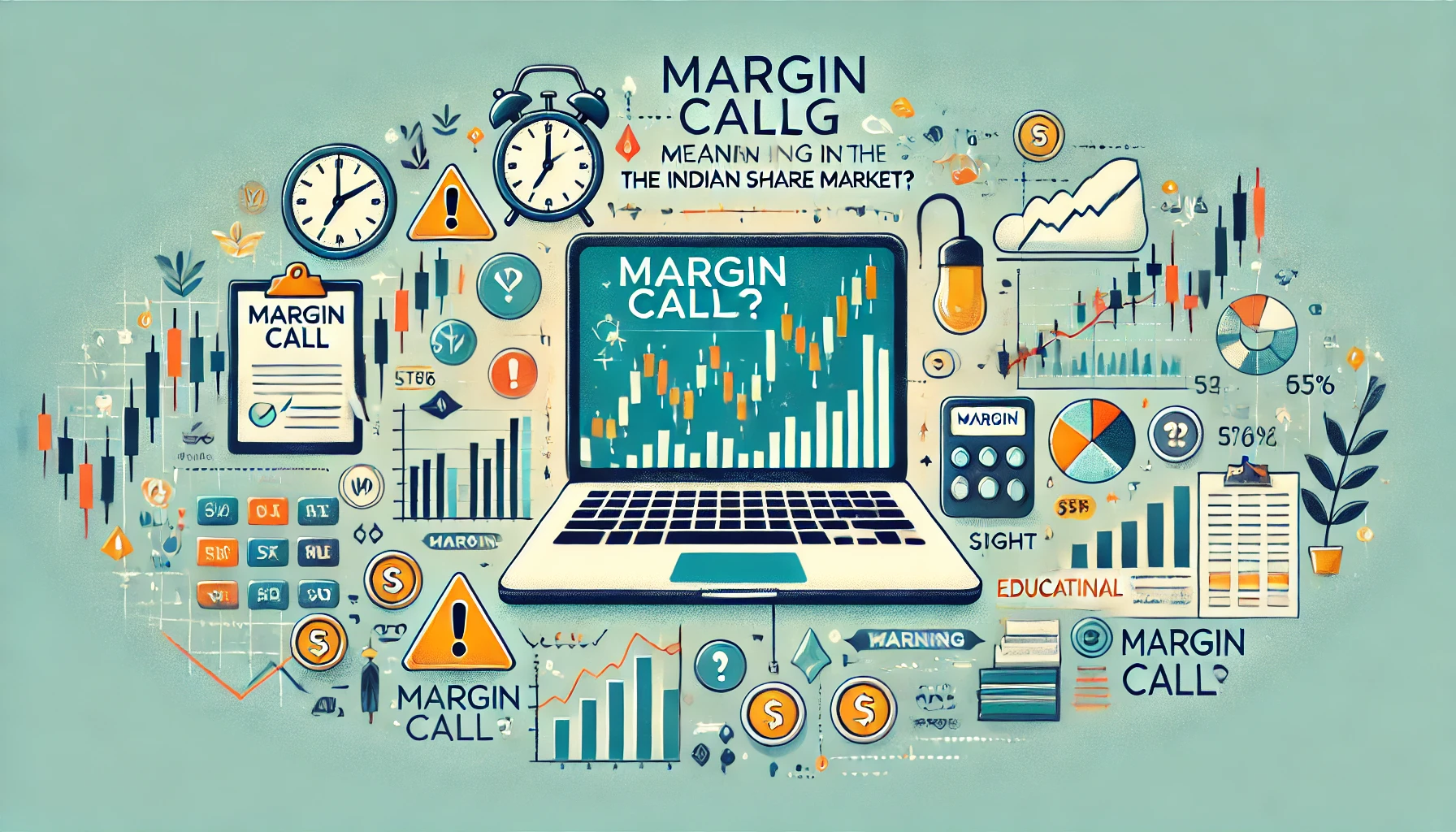Derivatives are financial instruments whose value is derived from an underlying asset or benchmark. In the Indian share market, derivatives play a pivotal role in hedging, speculation, and risk management. They allow investors to bet on future price movements of stocks, indices, commodities, or currencies without owning the underlying asset.
This blog will explore the types of derivatives, how they work, their historical development in India, and how investors use them in financial markets.
Overview of Derivatives
The value of a derivative is linked to the performance of an underlying entity, which could be an asset like a stock, commodity, or index. Derivatives help traders manage risks or profit from price changes without directly purchasing the asset.
Key features of derivatives include:
- Leverage: Derivatives allow traders to control large positions with a small initial investment (known as margin).
- Hedging: Investors use derivatives to reduce the risk associated with price fluctuations.
- Speculation: Derivatives offer opportunities to speculate on the future direction of prices.
Types of Derivatives
In the Indian share market, derivatives can be broadly classified into four main categories: futures, options, forwards, and swaps.
1. Futures Contracts
A futures contract is an agreement to buy or sell an asset at a predetermined price at a future date. The contract is standardized and traded on exchanges like the National Stock Exchange (NSE) and Bombay Stock Exchange (BSE).
Example: Nifty 50 futures, where investors can trade contracts based on the Nifty 50 index.
2. Options Contracts
An option gives the holder the right (but not the obligation) to buy or sell an asset at a specified price on or before a certain date. There are two types of options:
- Call Option: The right to buy an asset.
- Put Option: The right to sell an asset.
Example: Stock options on companies like Reliance Industries or Infosys.
3. Forwards Contracts
Forwards are similar to futures but are not standardized or traded on exchanges. They are private agreements between two parties to buy or sell an asset at a future date and price.
4. Swaps
Swaps are agreements between two parties to exchange cash flows or other financial instruments. Swaps are not as common in the Indian share market but are widely used in currency or interest rate trading.
History of Derivatives in India
The derivatives market in India began in 2000, when SEBI (Securities and Exchange Board of India) approved the introduction of stock index futures on the NSE. Since then, the derivatives market has expanded rapidly, encompassing various products such as stock futures, index options, and commodity futures.
Table 1: Key Milestones in Indian Derivatives Market
| Year | Event |
|---|---|
| 2000 | Introduction of index futures |
| 2001 | Launch of stock options |
| 2002 | Introduction of index options |
| 2008 | Introduction of currency derivatives |
| 2018 | Launch of commodity options |
How Derivatives Work
Derivatives are contracts between two parties, and the value of these contracts is based on an underlying asset. Let’s take a closer look at how they function.
1. Underlying Assets
The value of a derivative is derived from an underlying asset, which could be stocks, indices, commodities, or currencies.
2. Standardization
Derivatives like futures and options are standardized, which means that the terms of the contract (such as quantity, quality, and expiration date) are predefined by the exchange. This standardization makes derivatives liquid and easy to trade.
3. Margin Trading
To trade derivatives, investors must deposit a margin, which is a percentage of the total contract value. The margin allows investors to control larger positions with smaller investments, but it also increases the risk of losses.
4. Expiration Dates
Each derivative contract has an expiration date, at which point the contract must either be settled or closed. In India, most derivatives are cash-settled, meaning the differences in prices are paid in cash.
Benefits of Trading Derivatives
Derivatives offer several benefits to investors, including:
- Risk Management: Derivatives allow investors to hedge their positions in the spot market, reducing the risk of adverse price movements.
- Leverage: Investors can gain exposure to large positions with a relatively small initial investment.
- Liquidity: Derivatives markets, particularly futures and options, are highly liquid, allowing investors to enter and exit positions easily.
- Diversification: Derivatives allow investors to diversify their portfolios by gaining exposure to a variety of asset classes.
Risks of Derivatives
While derivatives offer significant benefits, they also carry substantial risks, including:
- Leverage Risk: The use of leverage in derivatives trading can amplify both gains and losses.
- Market Risk: Derivatives are sensitive to market movements, and adverse price changes can lead to substantial losses.
- Liquidity Risk: Some derivative contracts may not be liquid, making it difficult to exit positions at desired prices.
- Counterparty Risk: For non-standardized derivatives like forwards and swaps, there is a risk that the counterparty may default.
Historical Data on Derivatives Trading
The Indian derivatives market has grown significantly since its inception. The table below highlights the trading volumes of Nifty 50 futures and options over the past five years:
Table 2: Nifty 50 Derivatives Trading Volumes (2018-2023)
| Year | Futures Volume (Contracts) | Options Volume (Contracts) |
|---|---|---|
| 2018 | 80,000,000 | 120,000,000 |
| 2019 | 90,000,000 | 140,000,000 |
| 2020 | 100,000,000 | 160,000,000 |
| 2021 | 110,000,000 | 180,000,000 |
| 2022 | 130,000,000 | 210,000,000 |
Key Players in the Indian Derivatives Market
Several participants play key roles in the Indian derivatives market, including:
- Hedgers: These are investors who use derivatives to reduce their exposure to price risk. For example, a farmer might use commodity futures to lock in a price for his crops.
- Speculators: Speculators use derivatives to bet on future price movements. They do not own the underlying asset but seek to profit from price fluctuations.
- Arbitrageurs: Arbitrageurs exploit price differences between markets to make risk-free profits. For example, they might buy a stock in the spot market and sell futures on the same stock if there is a price difference.
Derivatives and Hedging
One of the primary uses of derivatives is to hedge against price risk. Hedging involves taking an offsetting position in the derivatives market to protect against adverse price movements in the underlying asset.
Example: A company that expects to receive payment in US dollars in six months may use currency futures to lock in the exchange rate and protect against currency fluctuations.
Example of Derivatives Trading
Let’s take an example of how an investor might use stock options to profit from a price movement.
Scenario: An investor expects the stock price of Company ABC to rise over the next three months. Rather than buying the stock outright, the investor buys a call option with a strike price of INR 1,000. The premium for the option is INR 50 per share.
- If the stock price rises to INR 1,200 before the option expires, the investor can exercise the option, buying the stock at INR 1,000 and selling it at the market price of INR 1,200, making a profit of INR 150 per share (INR 200 minus the premium of INR 50).
- If the stock price falls below INR 1,000, the investor may choose not to exercise the option, losing only the premium paid (INR 50 per share).
Regulatory Framework for Derivatives in India
The Securities and Exchange Board of India (SEBI) regulates the derivatives market in India. SEBI has established guidelines for the trading of futures and options, margin requirements, and risk management measures to protect investors and maintain market stability.
Conclusion
Derivatives are an integral part of the Indian share market, offering investors opportunities for speculation, hedging, and risk management. Understanding the different types of derivatives, how they work, and the risks involved is crucial for anyone looking to trade in this market.
By analyzing historical data, market trends, and the role of key players, investors can make informed decisions and potentially enhance their financial outcomes.

What Is Implied Volatility?
In the realm of Indian share market derivatives, implied volatility (IV) plays a crucial role …

What is Margin Funding?
Margin funding is a powerful tool in the Indian share market that allows traders to …

Forward vs Future contract
In the Indian share market, derivatives such as forward and future contracts play a pivotal …

What is Margin Money?
Margin money is a crucial aspect of trading in the Indian share market, especially in …

What is Put-Call Ratio?
The Put-Call Ratio (PCR) is one of the most widely used indicators in options trading …

What is Derivatives?
Derivatives are financial instruments whose value is derived from an underlying asset or benchmark. In …

What is Cost of Carry?
The cost of carry is an essential concept in futures trading that reflects the cost …

What is futures
Futures are a fundamental part of derivatives trading in the Indian stock market. They allow …

Bullish Option Strategies
In the ever-evolving world of derivatives trading, options have become a powerful tool for investors …

Understanding Physical Settlement in Futures & Options Contracts: A Comprehensive Guide
In the world of derivatives trading, the concept of physical settlement has gained prominence, particularly …

what are call options
The Indian share market has expanded significantly over the years, attracting a growing number of …

What Is Credit Spread Strategy
In the world of options trading, the credit spread strategy is one of the most …

What Is a Forward Contract
A forward contract is a customized financial agreement between two parties to buy or sell …

Types of Derivatives in India
The Indian derivatives market has grown exponentially, becoming a vital tool for investors and traders …

What is Swaps Derivatives
In the world of derivatives, swaps are a special class of contracts that allow two …

Intrinsic Value and Time Value of Options
Options trading is one of the most widely used financial instruments in the Indian share …

What is Open Interest?
In the world of derivatives, the concept of “Open Interest” plays a crucial role in …

Types of underlying assets in derivatives
The Indian derivatives market has grown exponentially over the last few decades, thanks to its …

derivatives on Option Volatility & Pricing Strategies
The Indian share market derivatives segment is a dynamic environment where advanced traders rely heavily …

What is Futures Contract
The Indian share market offers various financial instruments that provide opportunities for investors and traders. …

What is implied volatility in options?
In the world of options trading, one of the most crucial elements to understand is …

Futures Pricing Formula
The Indian share market is known for its dynamic nature and offers various opportunities for …

What is an ITM Call Option?
The world of options trading is filled with technical terms that are crucial for investors …

What is Max Pain Theory?
The Indian share market is full of strategies and theories that traders use to predict …

What is OTM Call Options
In options trading, terms like “in the money” (ITM), “at the money” (ATM), and “out …

What Is Rollover
Rollover is a common term in the world of futures and derivatives trading, especially in …

Futures Prices Converge Upon Spot Prices
In the world of financial markets, futures contracts play a significant role. One of the …

Call Ratio Back Spread
In the Indian share market, advanced trading strategies such as the Call Ratio Back Spread …

Margin Call Meaning
A margin call is one of the most critical warnings in trading, often marking a …

What is Bermuda Option?
The financial markets are full of complex instruments, and one such tool is the Bermuda …


















